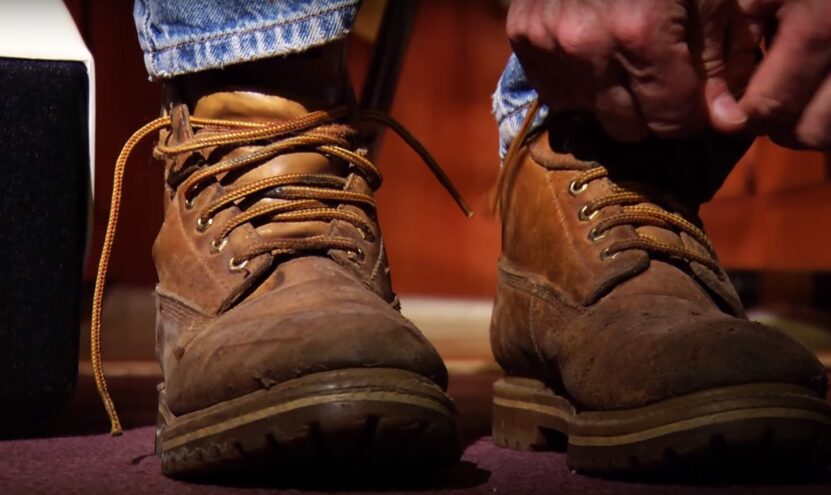In the realm of protective footwear, composite toe boots stand out as a modern marvel, blending safety, comfort, and technology to protect your feet.
Like superheroes for your toes, these boots are designed to shield against heavy objects, sharp items, and even extreme temperatures.
But what exactly makes them tick? Let’s break down why they’re a go-to for many working professionals and safety-conscious individuals.
Highlights
The Basics
At their core, composite toe boots feature a protective toe cap made from non-metallic materials. Unlike their steel-toe counterparts, these boots use materials like plastic, carbon fiber, or Kevlar.
The magic lies in their ability to offer protection without the weight and thermal conductivity of metal, making them lighter and more comfortable for all-day wear.
Key Features
- Lightweight Protection: They offer solid protection without the heft, making your feet less tired by the end of the day.
- Non-Conductive: Ideal for electricians and workers in environments with electrical hazards, as they do not conduct electricity.
- Temperature Neutral: They won’t get too cold in winter or too hot in summer, keeping your feet comfortable in various environments.
How Do They Work?
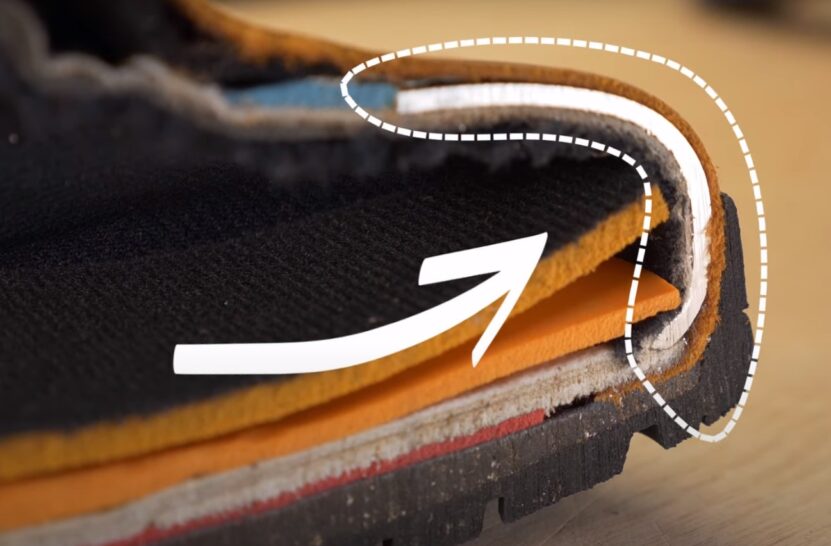
Imagine dropping a heavy tool on your foot. Ouch, right? With composite toe boots, a strong, lightweight cap absorbs the impact, distributing the force around your foot instead of directly on your toes.
They are different from carbon toe boots and are like a personal bodyguard for your feet, ready to take the hit for you.
Who Needs Composite Toe Boots?
Workers in construction, manufacturing, and even those in the service industry find composite toe boots invaluable.
Here’s a brief overview of who might need them:
- Construction workers dealing with heavy materials
- Electricians working in environments with electrical risks
- Warehouse personnel lifting and moving large items
- Outdoor workers facing extreme weather conditions
The Benefits of Wearing Composite Toe Boots
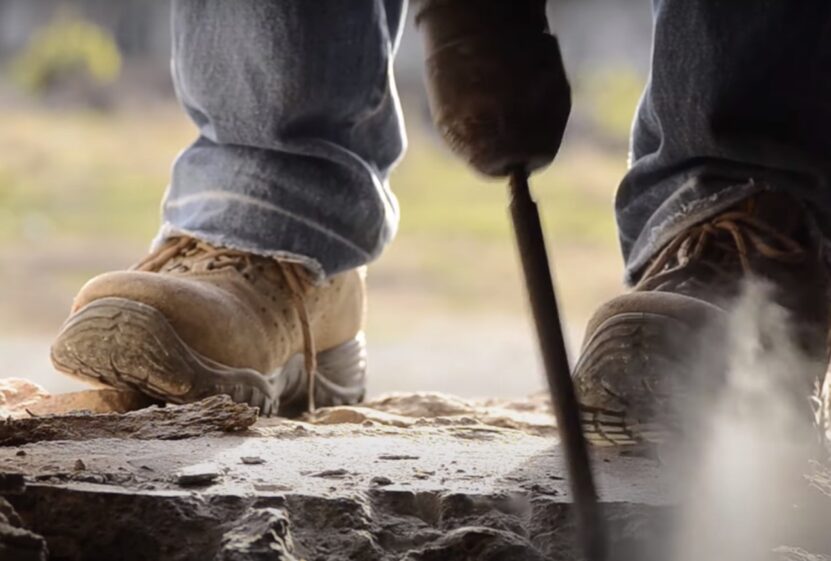
Wearing composite toe boots comes with plenty of benefits, making them a wise choice for anyone seeking foot protection without compromising on comfort or performance.
Comfort Meets Safety
- Weight: They are lighter than traditional steel-toe boots, reducing fatigue.
- Insulation: Their non-metallic nature provides better insulation against temperature extremes.
- Fit and Comfort: Many models offer ergonomic designs that cater to foot comfort over long periods.
Enhanced Safety Features
- Impact Protection: They can withstand significant impacts, meeting or exceeding safety standards.
- Puncture Resistance: Some models include midsole plates, offering additional protection from sharp objects.
- Slip Resistance: Designed with slip-resistant soles to prevent falls in slippery conditions.
Choosing the Right Composite Toe Boots
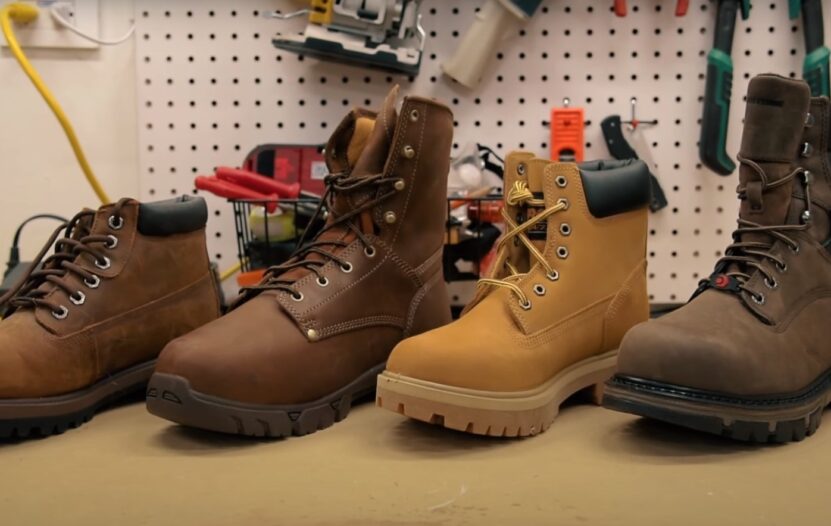
When selecting the right pair, consider these factors to ensure you get the most bang for your buck:
- Work Environment: Choose boots suited to your work’s specific hazards and conditions.
- Material and Build Quality: Look for durable materials and quality construction for longevity.
- Comfort and Fit: Ensure they fit well and provide adequate support and cushioning.
- Safety Ratings: Check for boots that meet relevant safety standards (e.g., ASTM in the United States).
Care and Maintenance Tips
To keep your composite toe boots in tip-top shape, follow these care and maintenance tips:
- Clean them regularly to remove dirt and debris.
- Dry them properly if they get wet, but avoid direct heat sources.
- Condition the leather to prevent cracking.
- Replace them when you notice significant wear or if they’re damaged.
Composite Toe vs. Steel Toe
When it comes to choosing the right safety footwear for work, the debate between composite toe and steel toe boots is a common one.
Both types offer distinct advantages and disadvantages, making the choice highly dependent on specific job requirements, work environments, and personal preferences.
Let’s compare these two.
Protection and Safety
- Composite Toe: Made from non-metallic materials like carbon fiber, Kevlar, or fiberglass, composite toe boots provide good protection against impact and compression. They are ideal for environments where moderate protection is sufficient.
- Steel Toe: With a steel cap in the toe area, steel toe boots offer superior levels of impact protection. They are better suited for work environments with higher risks of heavy objects falling or rolling onto the feet.
Weight and Comfort
- Composite Toe: These boots are lighter than steel toe boots, reducing fatigue and making them more comfortable for long periods of wear. This can be particularly beneficial for workers who are on their feet all day.
- Steel Toe: Due to the steel cap, these boots are generally heavier, which might contribute to quicker fatigue over long working hours.
Thermal and Electrical Conductivity
- Composite Toe: Non-conductive to heat and electricity, composite toe boots are ideal for working in environments with electrical hazards or extreme temperatures.
- Steel Toe: Being metallic, steel toe boots can conduct heat and electricity, making them less suitable for electrical work or extreme temperature conditions.
Price Consideration
- Composite Toe: Typically, composite toe boots are more expensive due to the advanced materials used in their construction. The investment might be worthwhile for workers requiring lightweight and non-conductive safety footwear.
- Steel Toe: Usually less expensive than composite toe boots, steel toe boots offer an affordable option for those prioritizing high levels of protection and who do not require non-metallic footwear.
Work Environment Suitability
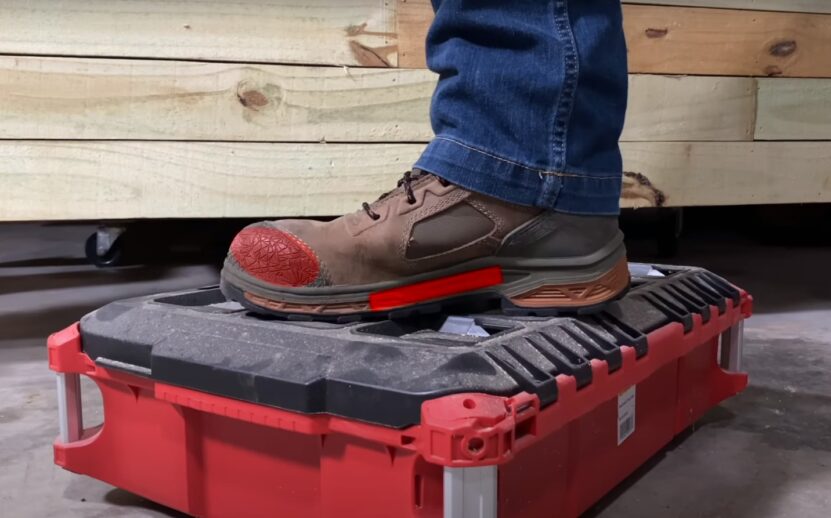
- Composite Toe: These boots are particularly suited for workers who need to pass through security checkpoints without setting off metal detectors, such as airport staff or security personnel.
- Steel Toe: Ideal for environments requiring the highest level of protection against impacts, such as construction sites or heavy manufacturing.
Material and Durability
- Composite Toe: Constructed from materials like carbon fiber, Kevlar, or fiberglass, composite toe boots are durable and resistant to wear. However, their resistance to extreme impacts may be slightly lower than steel toe boots.
- Steel Toe: The steel cap provides excellent durability and resistance to punctures and impacts, making steel toe boots incredibly robust for heavy-duty work.
Heat Conductivity
- Composite Toe: These boots do not conduct heat, maintaining a more consistent internal temperature regardless of external conditions.
- Steel Toe: Can become quite cold in low temperatures and hot in high temperatures due to their metal content, potentially affecting comfort.
FAQs
Can Composite Toe Boots Set Off Metal Detectors?
One of the advantages of composite toe boots is that they typically do not set off metal detectors.
This feature makes them an excellent choice for individuals working in high-security environments or those who frequently pass through metal detectors, like airport personnel.
How Long Do Composite Toe Boots Last?
The lifespan of composite toe boots varies depending on the frequency of use, conditions of the work environment, and how well they are maintained.
On average, with proper care, they can last anywhere from 1 to 2 years. Regular inspection for signs of wear and tear is crucial to ensure they provide the intended level of protection.
Are Composite Toe Boots as Safe as Steel Toe Boots?
Yes, they are. Composite toe boots meet the same safety standards as steel toe boots for impact and compression resistance.
The difference lies in their non-metallic composition, which offers additional benefits like being lighter and not conducting heat or electricity.
Will Composite Toe Boots Protect Against Electric Shocks?
While composite toe boots are non-conductive and provide a degree of electrical resistance, they are not designed to be the primary protection against electric shocks.
Workers exposed to electrical hazards should rely on comprehensive safety measures, including insulated footwear specifically designed for electrical protection.
Final Words
Composite toe boots are a testament to how far safety gear has come, offering unparalleled protection, comfort, and convenience.
Whether you’re on a construction site, maneuvering through a warehouse, or working outdoors, these boots are your feet’s best allies.
Keep in mind that the right pair not only safeguards your toes but also supports your overall well-being on the job.
So, lace up and step into safety with confidence, knowing you’re well-protected with the latest in footgear technology.

